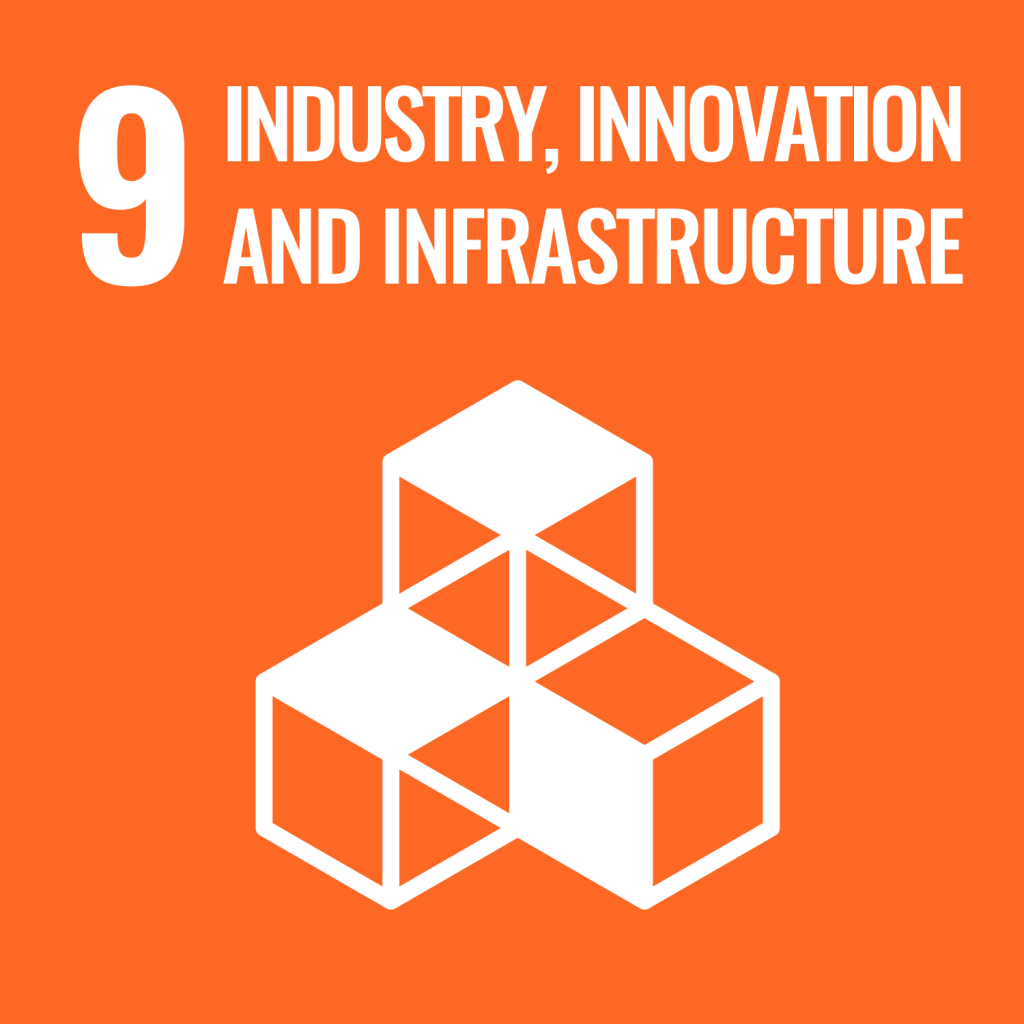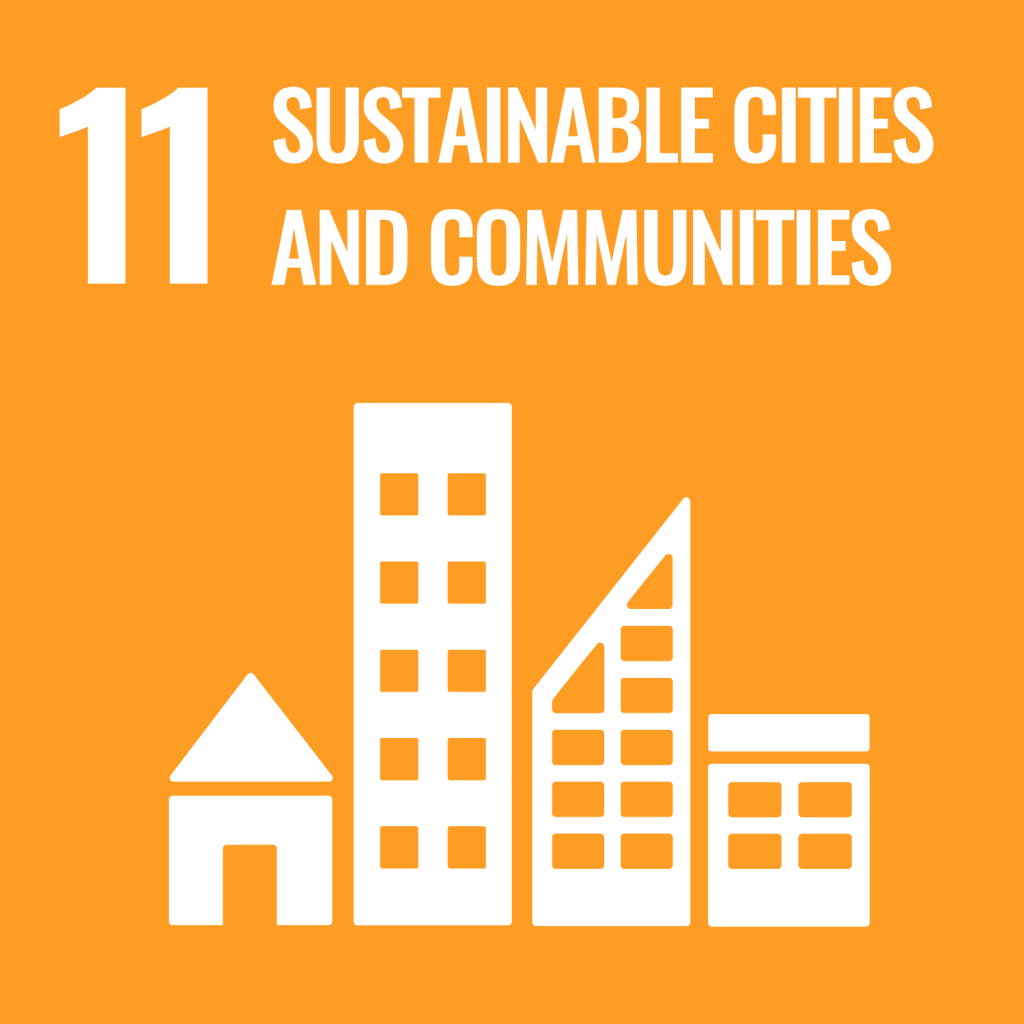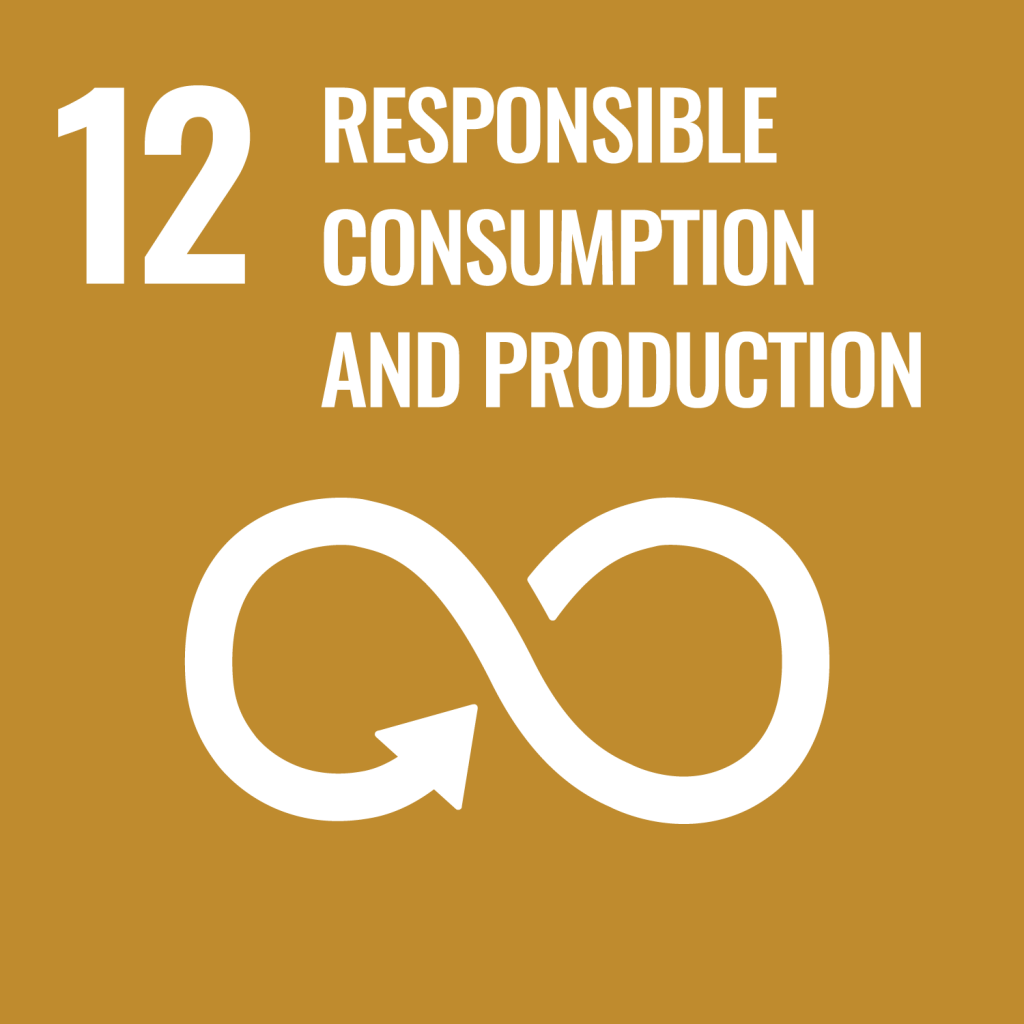bridgeAdapt: Sustainable adaptation of bridges deteriorated to climate and human-induced damage

Funding: British Academy Fellowship & University of Birmingham
Total funding: £250k
CARA Fellow: Nadiia Kopiika
Duration: 2023-2025
The main motivation of bridgeAdapt is the extensive destruction of bridges in Ukraine. This project for the first time in the international literature will optimise resilience and sustainability metrics for restoring portfolios of bridges damaged to war and/or deteriorated due to inherent mechanisms (such as corrosions, fatigue) in an optimised manner by leveraging digital data at different levels of knowledge from disparate sources. In doing so, scenarios of proactive adaptation and reactive restoration of bridges will be analysed to support financing for more sustainable and more resilience road and railway networks in Ukraine.


Rapid post-disaster infrastructure damage characterisation enabled by remote sensing and deep learning technologies – a tiered approach



critical infrastructure, automatic damage characterisation, multi-scale, targeted attacks, remote sensing, deep learning.Nadiia Kopiika, Andreas Karavias, Pavlos Krassakis, Zehao Ye, Jelena Ninic, Nataliya Shakhovska, Sotirios Argyroudis, Stergios-Aristoteles Mitoulis
Method

Results

Sustainability and resilience-driven prioritisation for restoring critical infrastructure after major disasters and conflict.



prioritisation; resilience; sustainability; conflict-induced hazards; bridges; proactive and reactive measures. Kopiika, N., Di Bari, R., Argyroudis, S., Ninic, J., & Mitoulis, S. A
Method

Case study

Results

Related publications:
Journal Papers:
- Kazantzi, A. K., Bakalis, K., & Mitoulis, S. A. (2025). Flood fragility assessment of bridges—Unified framework. Reliability Engineering & System Safety, 111196. https://doi.org/10.1016/j.ress.2025.111196
- Kopiika, N., Karavias, A., Krassakis, P., Ye, Z., Ninic, J., Shakhovska, N., Sotirios Argyroudis Mitoulis, S. A. (2025). Rapid post-disaster infrastructure damage characterisation using remote sensing and deep learning technologies: A tiered approach. Automation in Construction, 170, 105955. https://doi.org/10.1016/j.autcon.2024.105955
- Kopiika, N., Di Bari, R., Argyroudis, S., Ninic, J., & Mitoulis, S. A. (2025). Sustainability and resilience-driven prioritisation for restoring critical infrastructure after major disasters and conflict. Transportation Research Part D: Transport and Environment, 104592. http://dx.doi.org/10.1016/j.trd.2025.104592
Conference papers: - Kopiika, N., Ninic, J., & Mitoulis, S. (2024, April). Damage characterisation using Sentinel-1 images: Case study of bridges in Ukraine. In IABSE Symposium Manchester 2024: Construction’s Role for a World in Emergency, Manchester, UK, 10-12 March, 2024 (pp. 367-375). https://doi.org/10.2749/manchester.2024.0367
- Kopiika, N., Mitoulis, S. A., & Ninic, J. (2024, May). Resilience Framework for Aged Bridges Subjected to Human-Induced Hazard-Case Study in Ukraine. In International Conference” Coordinating Engineering for Sustainability and Resilience” Timișoara, Romania, 29-31 May 2024 (pp. 50-62). Cham: Springer Nature Switzerland. https://doi.org/10.1007/978-3-031-57800-7_4
- Kopiika, N. S., Ninic, J., Cucuzza, R., & Mitoulis, S. A. (2024). Deterioration rate diagnosis to global climatic change: The case of Dnipro Dam in Ukraine. In 12th International Conference on Bridge Maintenance, Safety and Management, Copenhagen, Denmark, June 24–28, 2024, (pp. 2603-2611). CRC Press. . http://dx.doi.org/10.1201/9781003483755-309
- Domaneschi, M.; Cucuzza, R.; Di Bari, R.; Argyroudis, S.; Mitoulis, S.; Kopiika, N. Resilience and sustainability assessment of a prestressed concrete viaduct. In 12th International Conference on Bridge Maintenance, Safety and Management, Copenhagen, Denmark, June 24–28, 2024, (pp. 2594-2602), http://dx.doi.org/10.1201/9781003483755-309
- Stergios-Aristoteles Mitoulis, Nadiia Kopiika, Jelena Ninic, Andreas Karavias, Pavlos Krassakis, Nikolaos Koukouzas, Nataliya Shakhovska, Sotirios Argyroudis. Damage characterisation using stand-off observations to enable recovery: the case of infrastructure affected by targeted attacks, IABSE Congress 2024, 25-27 September, San Jose, Costa Rica, https://www.iabse.org/Sys/Store/Products/373331